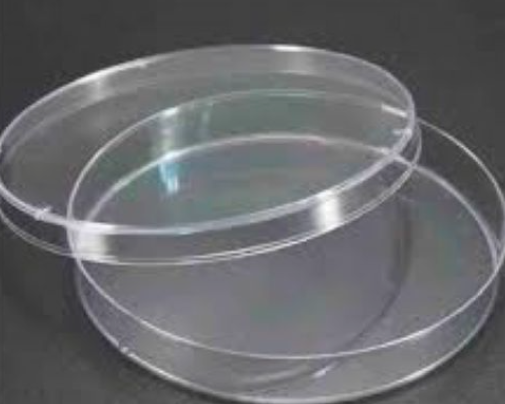Petri dishes are essential tools in any microbiology or cell culture laboratory. They are used to grow and study microorganisms and cells under controlled conditions. The dishes are shallow and cylindrical with a diameter typically ranging from 8.5 cm to 10 cm, and a height of approximately 1.5 cm. This design maximizes the surface area available for the growth medium and organisms.
Made from either high-quality borosilicate glass or durable, transparent plastic (such as polystyrene), Petri dishes offer excellent clarity for observing cultures. The clear material allows researchers to easily monitor the growth and characteristics of the cultures without opening the dish, thus reducing the risk of contamination.
Each Petri dish comes with a fitted lid that sits loosely on the top, allowing for gas exchange necessary for aerobic organisms while preventing contaminants from entering. This feature is crucial for maintaining a sterile environment for the cultures.
The flat bottom of the Petri dish provides a stable surface for even distribution of the culture medium, which is typically agar-based. This uniform surface ensures that the microorganisms or cells can grow evenly and can be easily observed and measured.
Petri dishes can be sterilized for reuse. Glass Petri dishes can be autoclaved at high temperatures, while plastic dishes are typically sterilized using ethylene oxide or gamma radiation. This makes them versatile and reusable, reducing the overall cost for laboratories.
The stackable design of Petri dishes helps in organizing and saving space in the incubator or storage area. This design feature is particularly useful when handling large numbers of samples.







